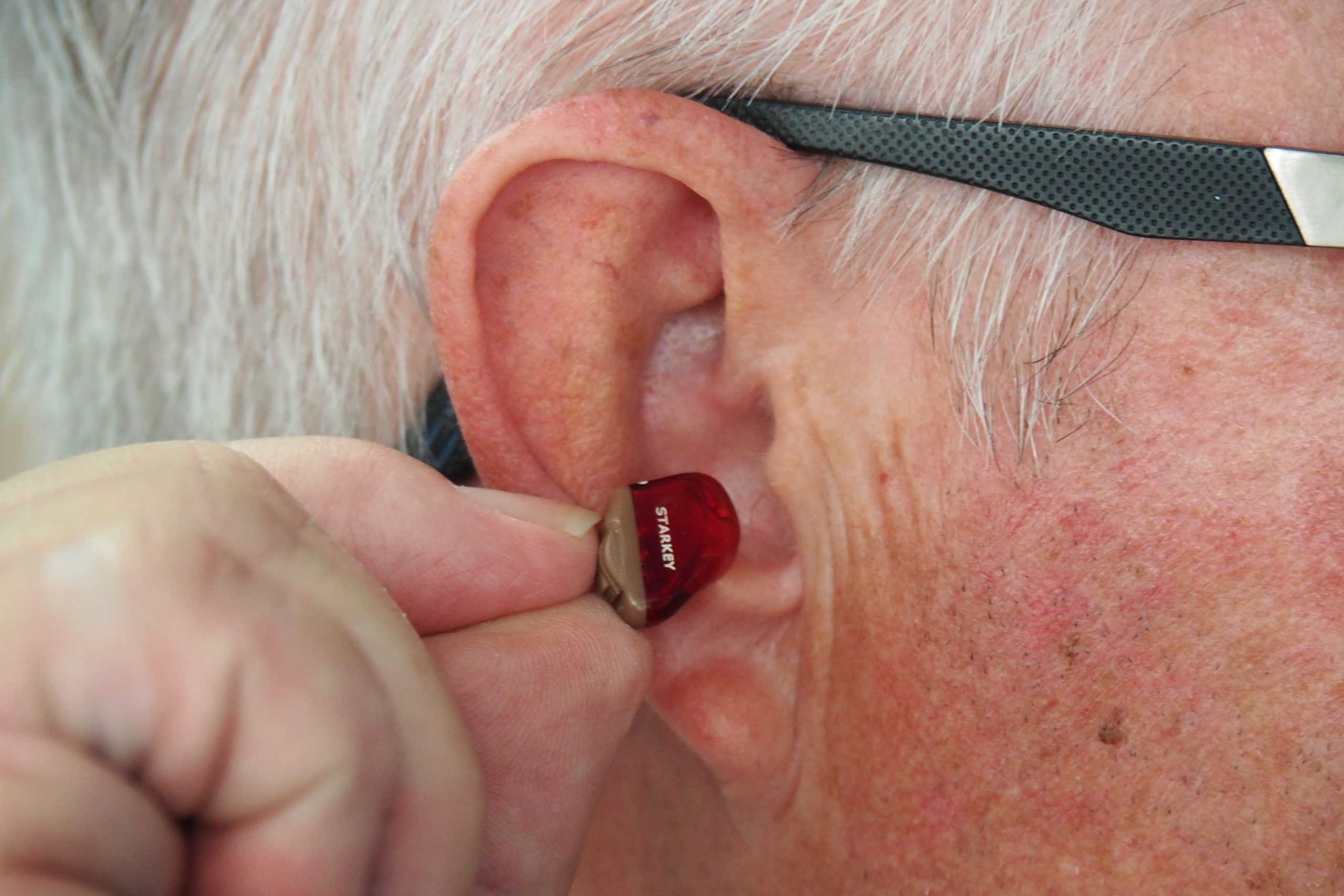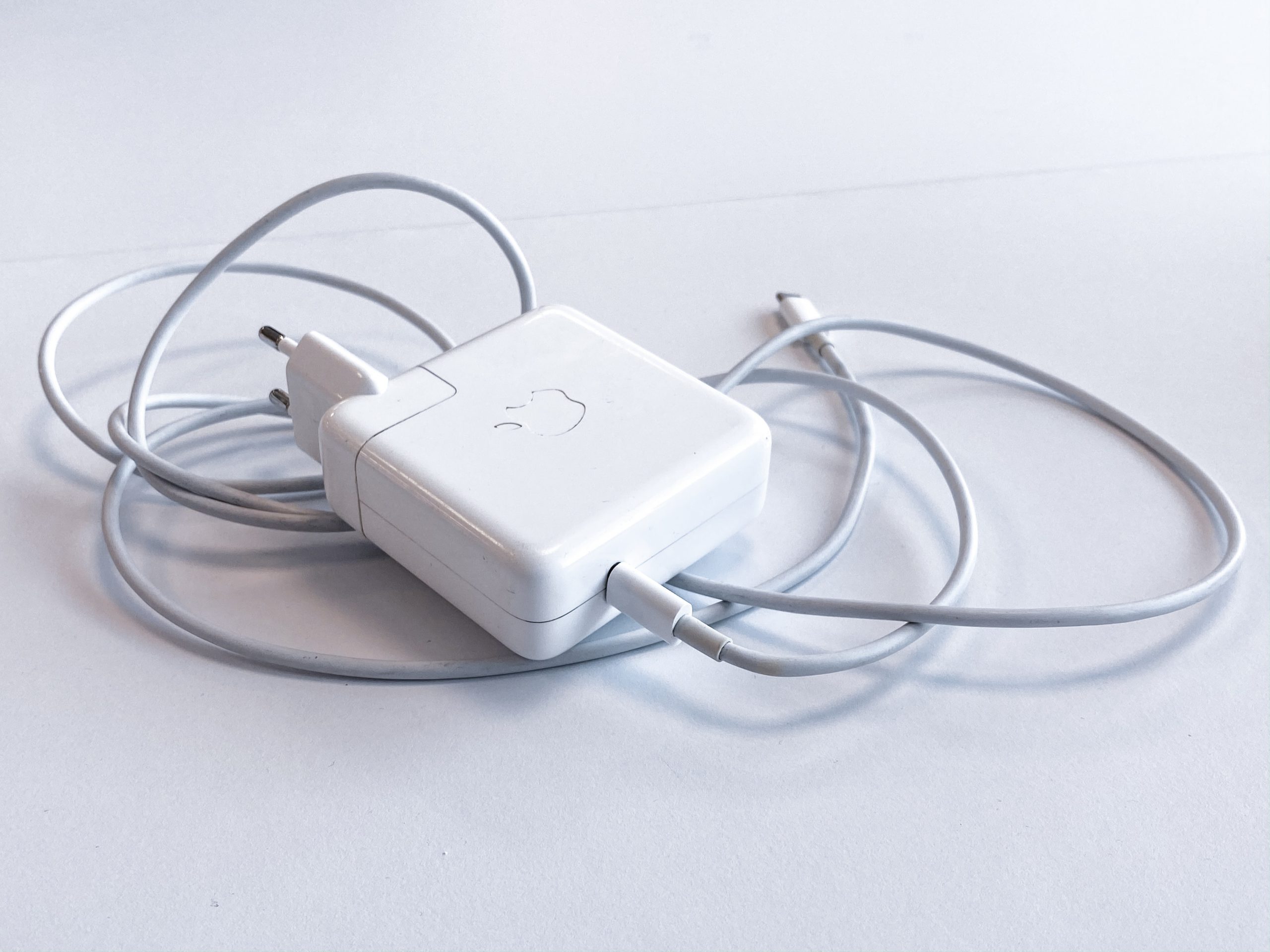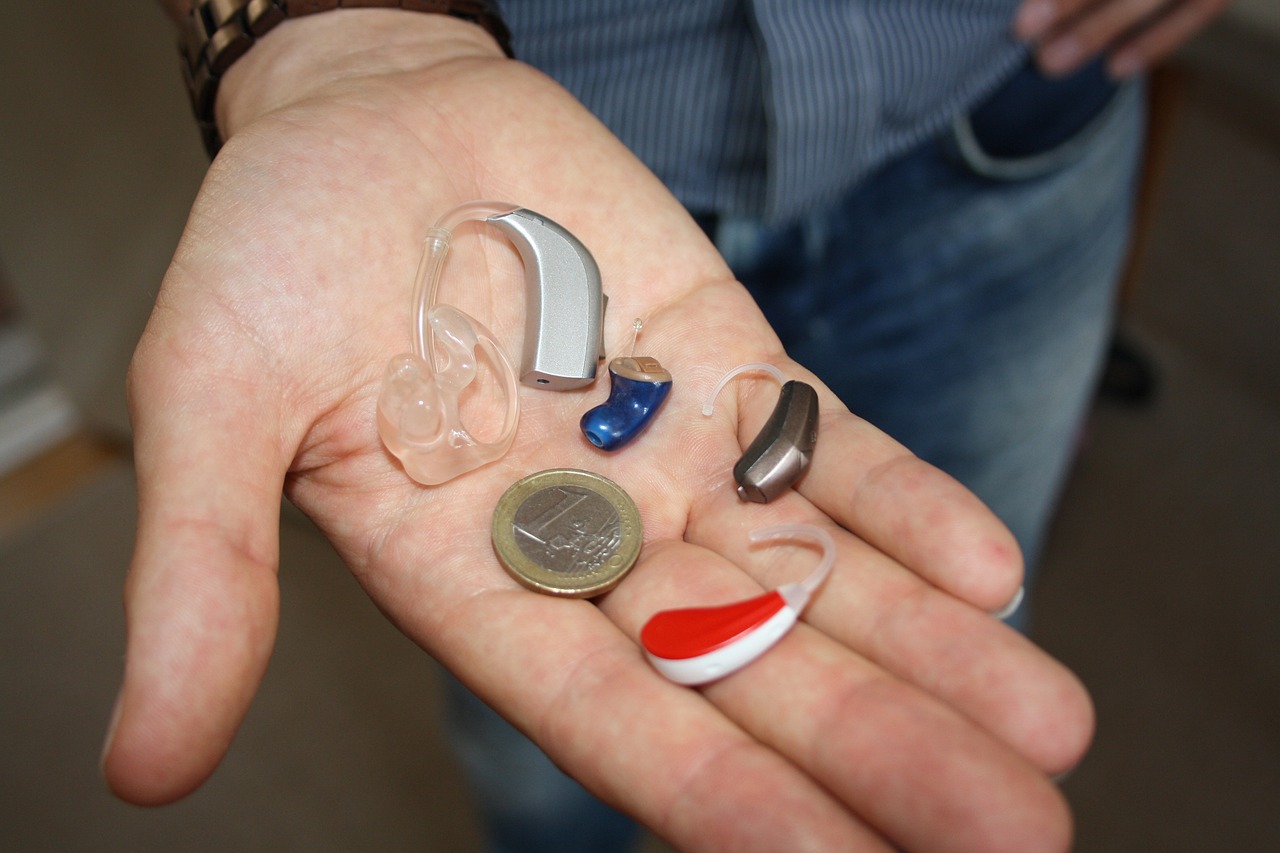
While hearing aids are able to help a majority of people with hearing loss, they unfortunately are not perfect. Luckily, alternative options exist, such as the cochlear implant. For those with severe hearing loss the effect and benefits of cochlear implants can’t be understated!
What Are The Benefits of Cochlear Implants?
There are many potential benefits to using cochlear implants. There also varying degrees of realizing these benefits, depending on several factors. These factors include the severity of inner ear damage, the implantation procedure, and the post-surgical rehabilitation of the patient.
Some people may achieve a near-normal or normal ability to understand speech, but some people may receive no benefit at all.
Typically, if someone meets the criteria for use of a cochlear implant, they will over time receive clearer hearing and an improved ability to communicate compared to previously. Many users can understand speech without having to lip-read. Multiple sounds from multiple sources can make speech recognition difficult, and a quiet situation is usually optimal for cochlear implants users to hear and understand speech.
Adults that receive cochlear implants often experience immediate benefits in the improvement of their hearing and they continue to improve for approximately three months to several years after initial fine-tuning of the device to the specific user. After about three months, improvements continue but are slower.
Children often improve at a much slower pace, due to the rehabilitation and training that is required to help them become accustomed to the new sounds that they are experiencing.
Although the treatment of tinnitus is not one of the objectives of receiving a cochlear implant, users often experience improvement in the severity of tinnitus while using a cochlear implant.
Although adapting may be slower, the benefits to children fitted with cochlear implants can be enormous. Cochlear implants allow deaf or nearly deaf children to learn speech perception and improve their oral communication and language skills. The implants can help children improve the clarity of the speech and listening skills. This in turn can help children perform better in the classroom, which will improve future learning and career opportunities. Research shows that bilateral cochlear implants can further increase outcomes in hearing impaired children.
Many recipients of cochlear implants can use telephones normally and understand voices over the telephone, although not all users are able to achieve this.
Many cochlear implant users can watch TV more easily, since being able to see the speakers and receive visual cues continues to help some users. For this reason, listening to the radio is often more difficult for cochlear implant users; there is no visual cue. The improvement for some cochlear implant users can also enable some to enjoy listening to music.
People fitted with cochlear implants often report the ability to now perceive sounds that they could not previously, including soft sounds such as footsteps, leaves rustling, or a light switch being switched on.
One of the most immediate benefits to people with cochlear implants is the ability to perceive potential environmental dangers in the form of sirens or other important sounds.
Cochlear Implant Technology is Improving
Although cochlear implant technology has been around since the 1950s and has been commercially available since the 1980s, researchers have continually worked to improve the devices to improve hearing experiences for millions of people. Further improvements in cochlear implant technology will result in improved performance of implants and open their use to more and more people.
Once a cochlear implant has been implanted, the device requires programming for optimal performance for the individual user. Traditionally, this programming is based on expertise from an audiologist and feedback from the patient, both of which can be subjective.
This subjectivity can lead to wide variation in the efficacy of programming.
Researchers are beginning to test artificial intelligence (AI) technology to program cochlear implants. AI technology uses psychoacoustic tests to tune implants to the proper pitch and volume. Audiometric booths are not needed, as sounds can be delivered directly into the computer which further improves accuracy.
This predictive technology should continue to improve as the AI builds a database of anonymous patient data, with the end goal to achieve optimal programming for all cochlear implant recipients.
Changes To The Cochlear Implant Procedure

Until recently, most recipients underwent general anesthesia before surgical implantation of the cochlear implants. However, elderly patients undergoing general anesthesia have an increased risk of post-operative cognitive dysfunction, or POCD. This risk often outweighs the potential benefits of cochlear implants to a deaf or near deaf elderly patient.
However, recent improvements have made conscious sedation in cochlear implantation a viable option. Patients would remain awake during implantation and receive a localized anesthetic at the implantation site. This would improve the outcomes for elderly patients that are either too sick for general anesthesia or at risk for POCD.
Hopefully more and more elderly patients will be able to use this option to receive cochlear implants and improve their quality of life.
Implantation of cochlear implants involves the insertion of electrodes throughout the cochlea. Portions of the cochlea that interpret low-frequency information, such as a bass drum, thunder, or a deep voice, are positioned deeper in the cochlea and therefore require insertion of electrodes deeper in the inner ear. Inserting electrodes deeper within the inner ear risks further damage to the inner and potential failure or poor performance of cochlear implants.
Researchers have recently begun to explore inserting electrodes in safer portions of the cochlea that still return information about low-frequency sounds. They have found, for example, that insertion of electrodes at the top of the cochlea produces an electrical current distribution that includes low-frequency sounds.
The end result will be cochlear implantations that are less risky and still result in improved perception of information at all frequencies.
The information in this guide has been written using the following reliable sources:
https://www.fda.gov, https://www.audiology.org, https://www.asahq.org, https://www.babyhearing.org, https://nyulangone.org, https://www.ncbi.nlm.nih.gov, https://www.nidcd.nih.gov, https://www.mayoclinic.org, https://www.babyhearing.org








